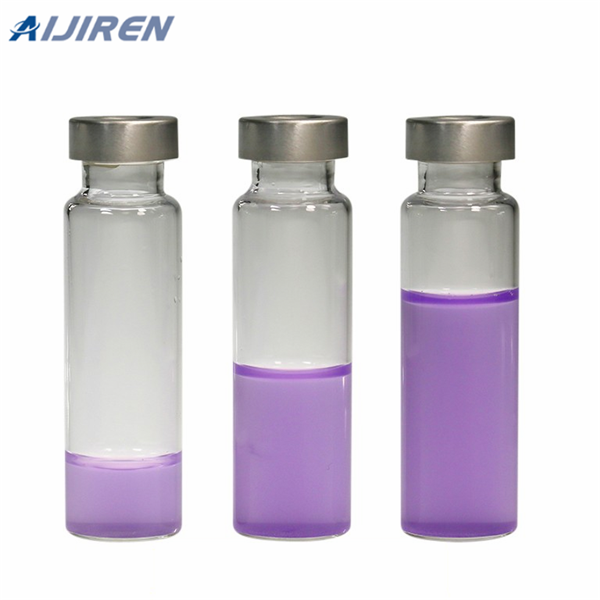
USING PURGE AND TRAP GC/MS Cheri Coody,Public Health Laboratory,Mississippi State Health Department,Jackson,MS USA Michael J.Burke and Elaine A.LeMoine,PerkinElmer Instruments,761 Main Avenue,Norwalk,CT 06897 USA Method Summary This is a Gas Chromatography/Mass Spectrometry (GC/MS) method that uses the purge and trap technique for sample
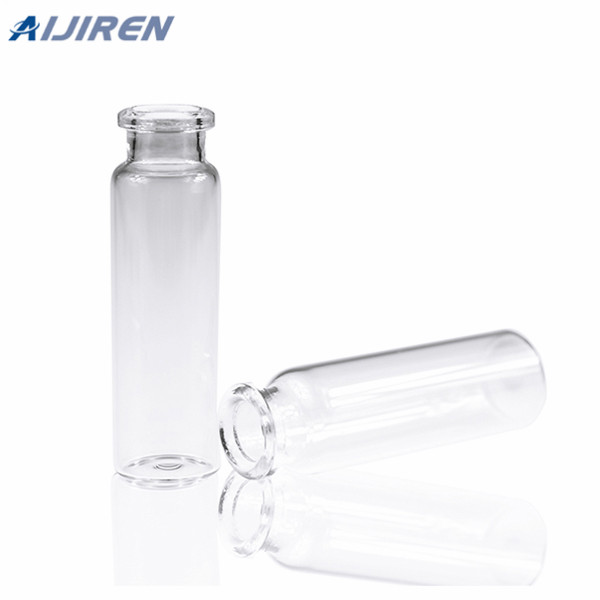
Mar 16, 2014 · For methanol and ethanol, the detection limits were 12 and 27 μg kg−1 (HS–GC–FID) and 1.3 and 3.1 μg kg−1 (HS–GC–MS). Repeatability was evaluated in transformer oils for both the methods at different concentration levels of analytes and RSD values were found to lie between 1.8 and 16 %.
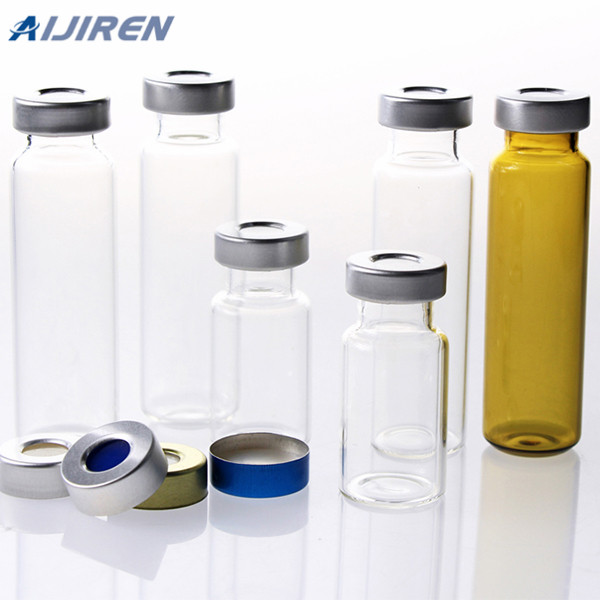
Aijiren 2 mL screw top vials are constructed from from Type 1 borosilicate glass, with low metal content, to protect your sample from destabilizing or leaching. The associated 9 mm screw caps come with your choice of cap septa constructed from either PTFE/silicone or natural red rubber.
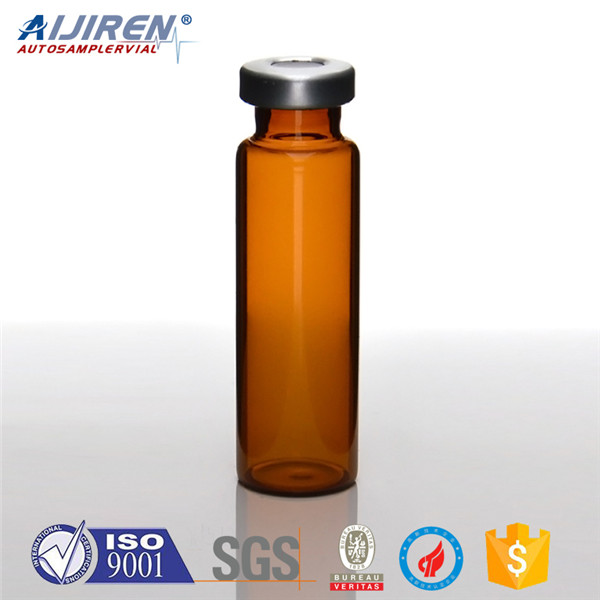
was inserted into the injector port of the gas chromatography-mass spectrometer (GC-MS), and the volatiles were thermally desorbed at 250°C for 4 min. GC-MS analysis was performed using a GC system (PerkinElmer, Auto System XL GC/Turbo Mass MS, USA) equipped with a nonpolar DB-5 capillary column (30 m × 0.25 mm i.d., 0.25 μm
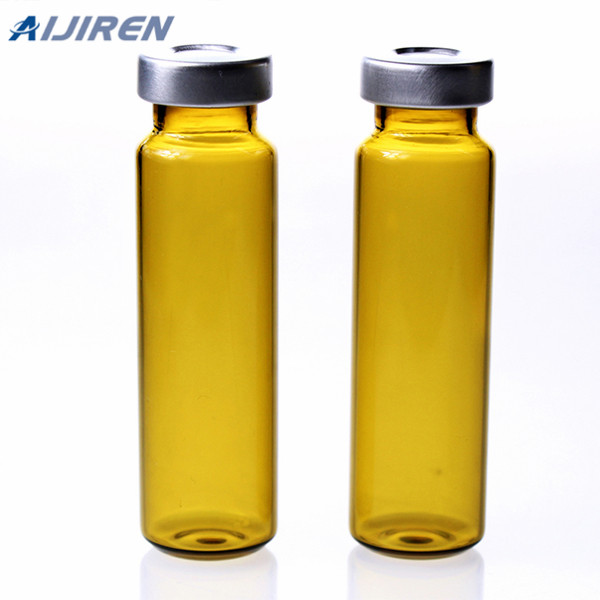
Therefore, 1 ml of whisky samples 40% (v/v) were pipetted into 2 ml crimp top GC vials, then 50 μl of internal standard solution (5000 μg/ml) was added. 52 Analytical instrumentation Analyses were performed by gas chromatography (Hewlett Packard Series Gas Chromatograph fitted with an autosampler).
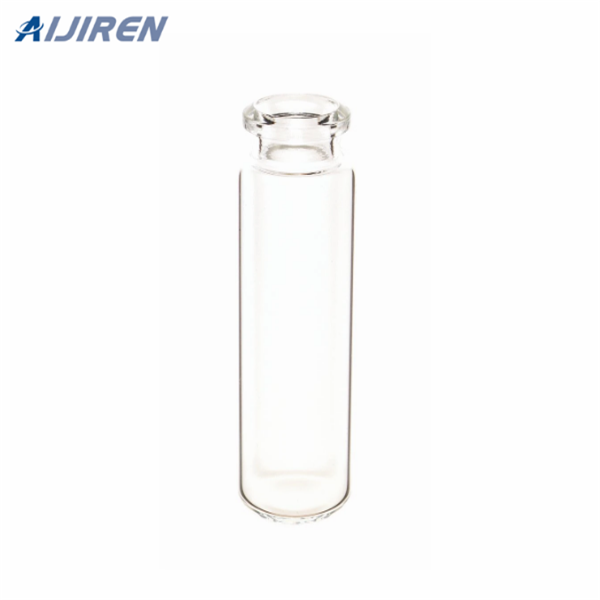
Feb 15, 2014 · Then, 5 mL of Milli-Q water, 5 mL of acetate buffer, 66 µL of the internal standard and 0.3 mL of sodium tetraethylborate were added into the vial (total volume of 11 mL using Milli-Q water) and finally the sample was extracted in headspace for 45 min with constant stirring.
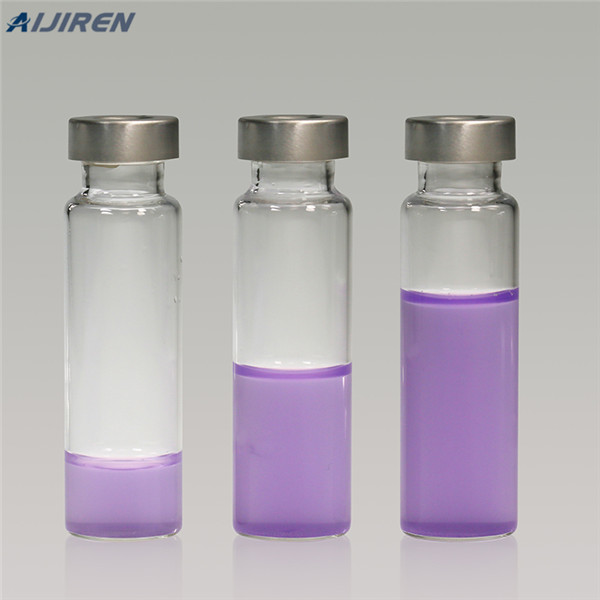
Quantitative Screening of Agrochemical Residues in Fruits and Vegetables by Buffered Ethyl Acetate Extraction and LC-MS/MS Analysis By Manjusha Jadhav and Ahammed T.p. Use of automated direct sample introduction with analyte protectants in the GC–MS analysis of pesticide residues
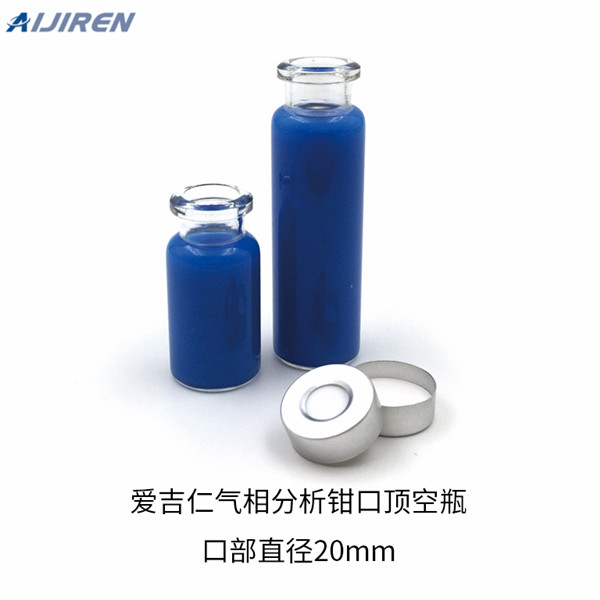
Mar 01, 2020 · Samples were incubated shipboard at in situ temperature (3°C) for 24 hr in the dark. To terminate microbial activity, samples were transferred to 40-ml glass vials filled with 20-ml sodium hydroxide (2.5% w/w) and closed immediately with rubber stoppers. The vials were shaken to equilibrate porewater methane between aqueous and gaseous phase.
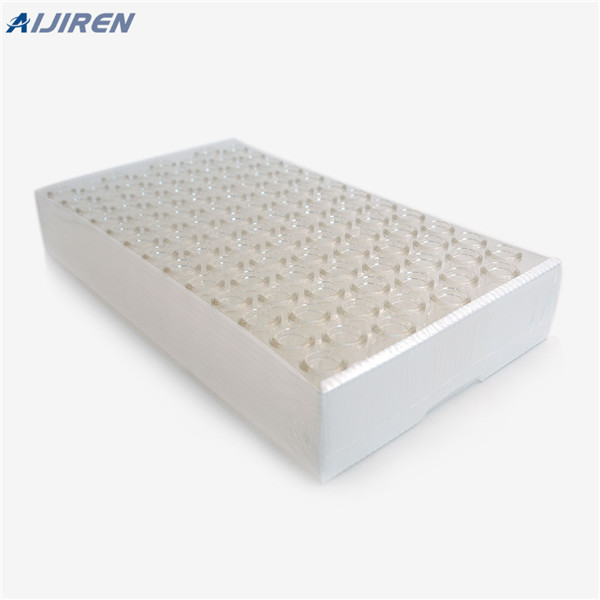
grain samples using the hydro-distillation and its extract in dichloromethane and n-hexane by gas chromatography-mass spectrometry. The optimized time for the hydro-distillation of the white and brown teff grain samples was nine hours. The dominant volatile compounds identified in the white and brown teff grain
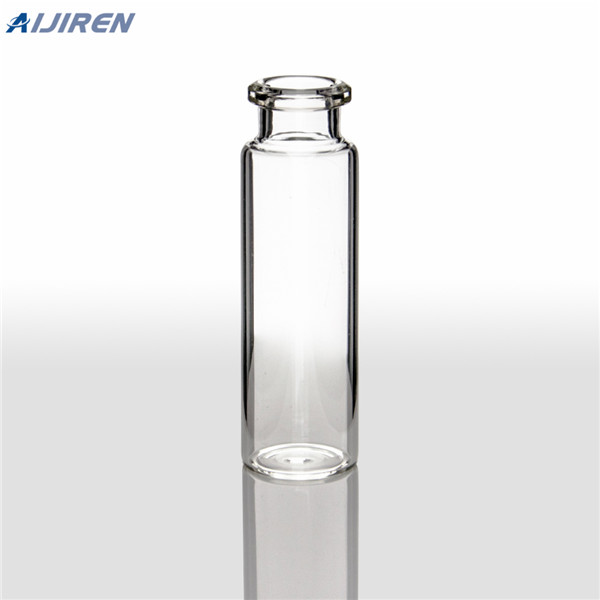
The fast pyrolysis experiments were done in a JHP-3 model Curie point pyrolyzer (CDS 5200, CDS Analytical, Oxford, MS, USA) directly connected to a B-5977A GC-MS (Aijiren, Santa Clara, CA, USA). Approximately 0.1 mg of each sample was placed in a quartz tube, and the tubes were inserted into a pyroprobe for the pyrolysis experiments.
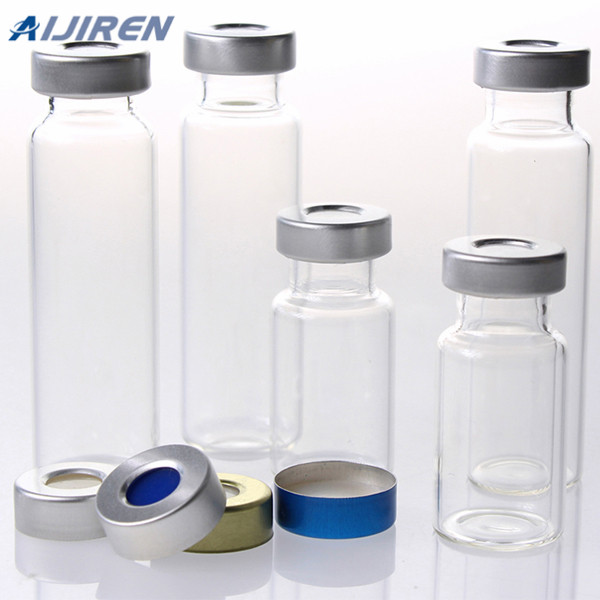
Aug 17, 2021 · transferred into a 1.5 mL glass vial for gas chromatography-mass spectrometry (GC-MS) analysis. It should be noted that the hydro-distillation using the teff flour was attempted. However, it
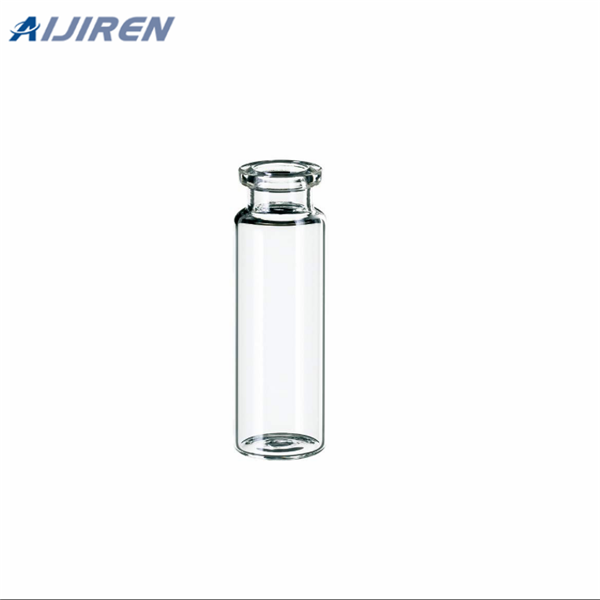
Spectrometer (Varian 220 MS, USA), capillary column DB-5 MS (Aijiren J&W, USA) (length of 30 m, 0.25 mm internal diameter, film thickness 0.25 m m), extraction of samples –
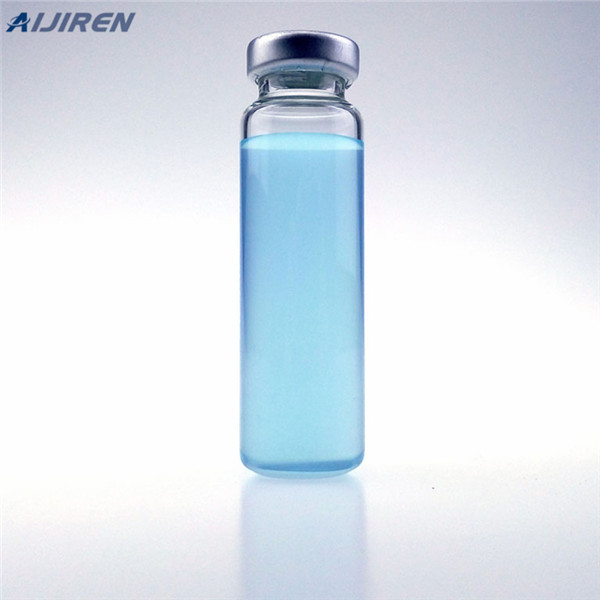
3) Place the sample tube into the glass vial containing 200 μL of constant-boiling HCl and a piece of phenol crystal (ca. 1-2 mg). 4) Seal the vial after evacuation for a few minutes, by using the Mininert valve. 5) Hydrolyze the sample at 110°C for 20 h in the heat bath. 6) Remove the vial from the heat bath and allow it to cool.

The GC vial liquid sampler from Mechatest has unique needle-in-needle design, it uses extraction needles of 0.6 or 1.2mm diameter and enables direct vial sampling of volumes of either 2, 10 or 20 ml. These are the smallest vial sizes typically found in GC autosamplers and is therefore arguably the best solution for taking samples, specifically for laboratory and chromatography analysis, from a petrochemical or lubricant process stream.

Standard 2 mL screw top vial-cap kits; including. SureStop vials with AVCS caps. 4, 8, 12, 16, 20, or 40 mL vial-cap kits. 20 mL glass screw top vials with 24 mm caps. Innovative technology ensures proper vial-cap seal every time. For use with environmental analyses under EPA regulations.